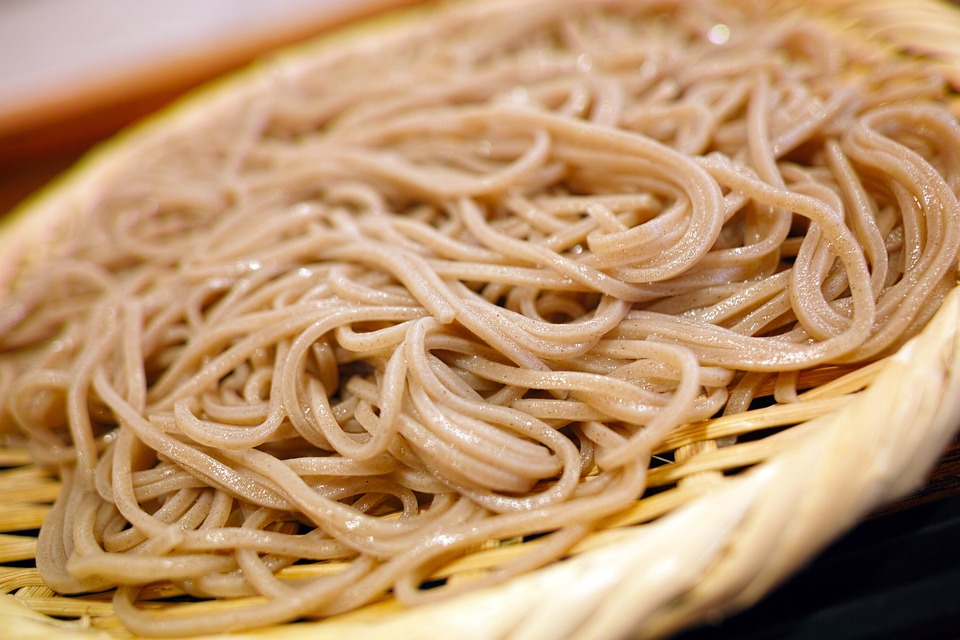[ad_1]
Fermentation has been a part of Japanese culture for centuries, with a wide variety of traditional foods and beverages being made through this process. From soy sauce and miso to pickles and sake, Japanese fermented foods are not only delicious, but also offer a range of health benefits. In this article, we will explore the art of fermentation in Japan, the different types of traditional Japanese fermented foods, and their significance in Japanese cuisine and culture.
The Art of Fermentation in Japan
Fermentation has deep roots in Japanese culture, with many traditional foods and beverages being made through this process for thousands of years. In Japan, fermentation is seen as a way to preserve and enhance the flavor of foods, as well as to create unique and complex tastes. The art of fermentation is deeply ingrained in Japanese cuisine, with many traditional dishes incorporating fermented ingredients.
Types of Traditional Japanese Fermented Foods
There are many different types of traditional Japanese fermented foods, each with its own unique flavor and characteristics. Some of the most well-known Japanese fermented foods include:
- Soy Sauce: Soy sauce, or shoyu, is a staple in Japanese cuisine. It is made by fermenting soybeans and wheat with koji mold and brine.
- Miso: Miso is a thick paste made by fermenting soybeans and sometimes grains with koji mold and salt. It is commonly used in soups, marinades, and sauces.
- Pickles: Japanese pickles, or tsukemono, are made by fermenting vegetables such as cucumbers, radishes, and cabbage with salt, rice bran, or vinegar.
- Sake: Sake is a traditional Japanese rice wine made through the fermentation of polished rice with koji mold and yeast.
- Natto: Natto is a fermented soybean dish known for its strong flavor and sticky texture. It is often eaten with rice for breakfast.
Significance of Fermented Foods in Japanese Cuisine and Culture
Traditional Japanese fermented foods play a significant role in Japanese cuisine and culture. They are not only valued for their delicious flavors, but also for their health benefits. Fermented foods are rich in probiotics and enzymes, which are beneficial for gut health and digestion. Additionally, they often have a savory umami flavor that adds depth and complexity to dishes.
Conclusion
Exploring the art of fermentation in traditional Japanese foods allows us to appreciate the rich history and cultural significance of these products. From the umami-rich flavors of soy sauce and miso to the tangy crunch of pickles and the complexity of sake, Japanese fermented foods offer a diverse and delicious range of tastes and textures. Incorporating these traditional foods into our diets not only enhances the culinary experience, but also provides valuable health benefits.
FAQs
What are the health benefits of traditional Japanese fermented foods?
Traditional Japanese fermented foods are rich in probiotics and enzymes, which can help improve gut health and digestion. They are also high in nutrients and antioxidants, and may have anti-inflammatory properties.
How are traditional Japanese fermented foods made?
Traditional Japanese fermented foods are made through a process of natural fermentation, often using koji mold (Aspergillus oryzae) and/or lactic acid bacteria. The specific ingredients and methods used vary depending on the type of food being fermented.
Are Japanese fermented foods suitable for vegetarians and vegans?
Many traditional Japanese fermented foods, such as miso and soy sauce, are suitable for vegetarians and vegans. However, it is important to check the labels of commercial products, as some may contain added ingredients that are not vegetarian or vegan-friendly.
How can I incorporate Japanese fermented foods into my diet?
Japanese fermented foods can be added to a wide variety of dishes, including soups, stews, marinades, and dressings. They can also be enjoyed on their own as a flavorful condiment or side dish.
[ad_2]




Comments